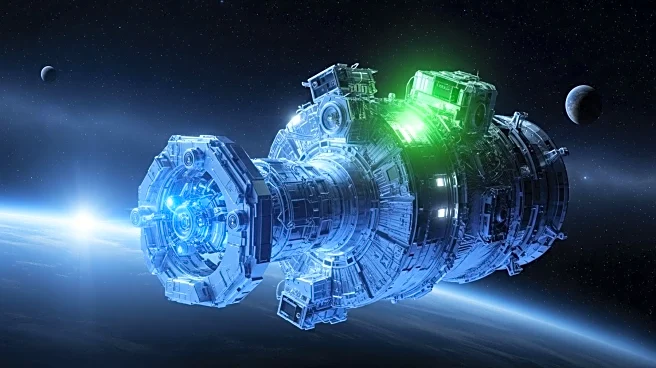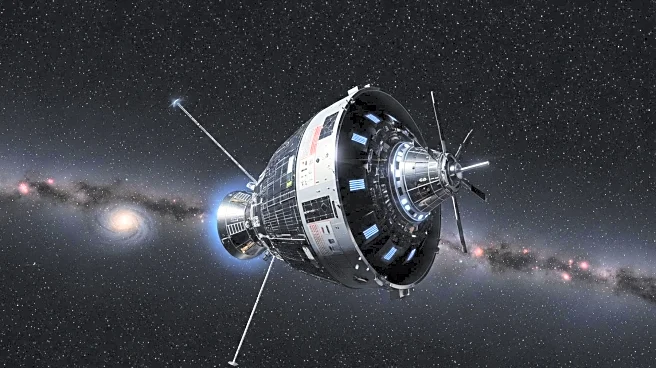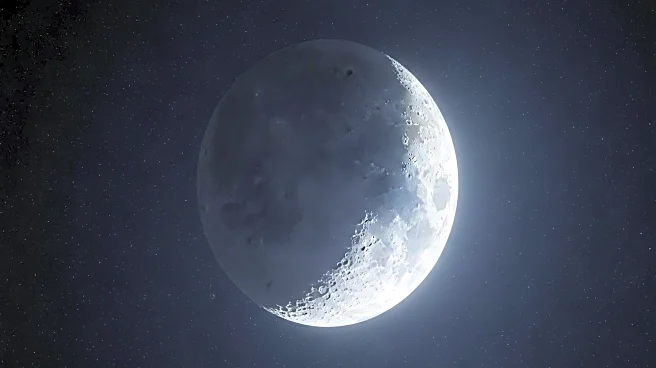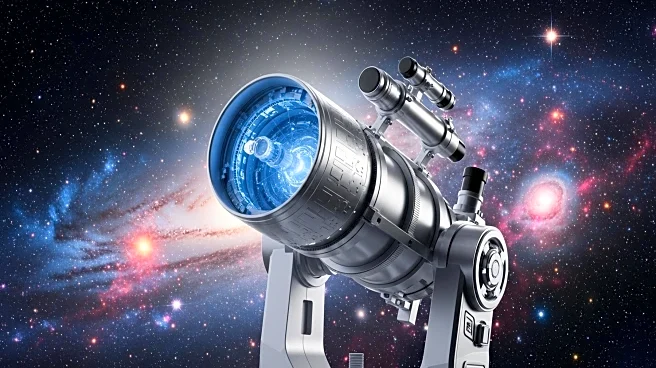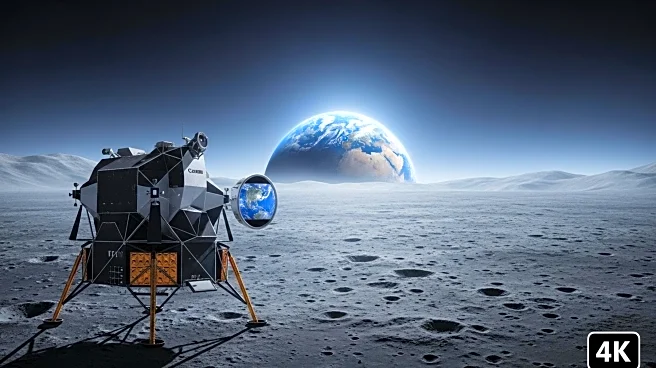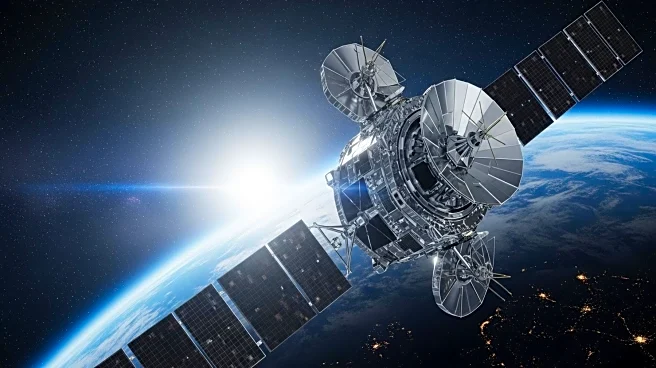What's Happening?
NASA is actively seeking solutions to prevent the Neil Gehrels Swift Observatory from re-entering Earth's atmosphere due to orbital decay. Launched in 2004, the observatory was initially tasked with studying gamma-ray bursts but has since expanded its mission to general space observation. Currently positioned in low Earth orbit at approximately 370 km altitude, Swift faces the threat of increased solar activity accelerating its orbital decay. NASA is collaborating with various companies to explore commercial orbit-boosting technologies, including the SSPICY demonstration by Starfish Space, part of an existing Phase III program. While no definitive solution has been chosen, efforts are underway to extend the observatory's operational life.
Why It's Important?
The potential loss of the Swift Observatory would be significant for the scientific community, as it serves as a valuable tool for space observation. Preserving its functionality could provide continued insights into gamma-ray bursts and other cosmic phenomena. Additionally, the initiative to boost Swift's orbit could set a precedent for maintaining other low Earth orbit assets facing similar threats. This effort highlights the importance of developing sustainable technologies to extend the lifespan of space observatories, ensuring ongoing contributions to scientific research and exploration.
What's Next?
NASA's collaboration with commercial entities to find a viable orbit-boosting solution for Swift is ongoing. If successful, this initiative could pave the way for similar strategies to be applied to other satellites and observatories at risk of orbital decay. The outcome of these efforts may influence future policies and investments in space technology, emphasizing the need for innovative solutions to preserve valuable scientific assets.



